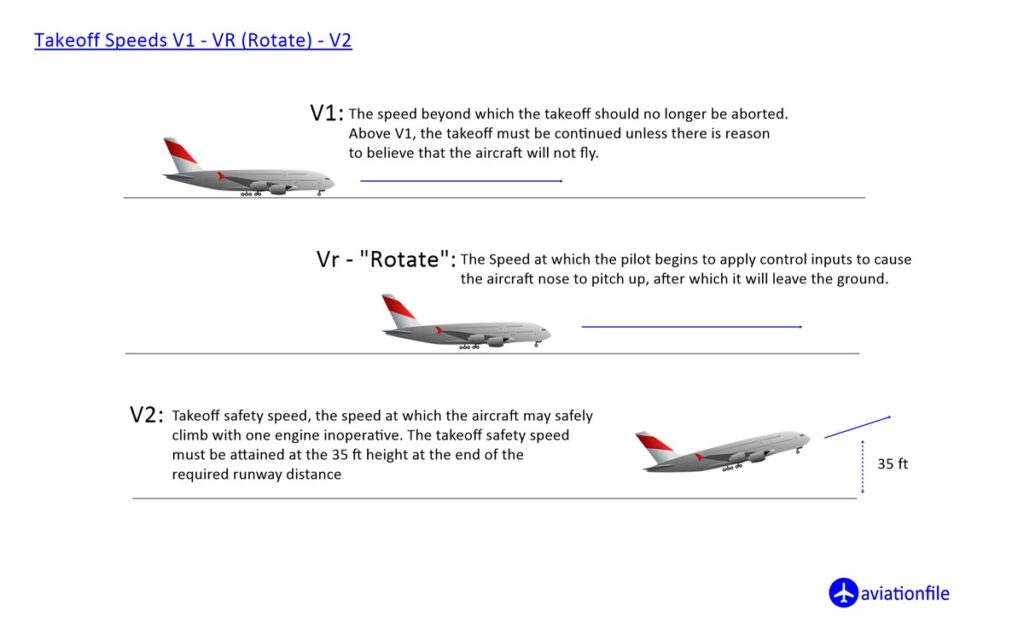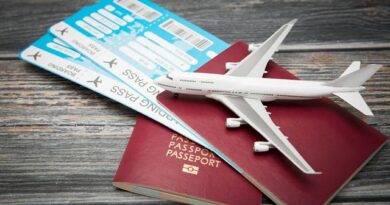Rejected Take Off (RTO): When Pilots Hit the Brakes
Imagine a plane speeding down the runway, ready to take flight. Suddenly, the pilots slam on the brakes. This isn’t a scene from an action movie; it’s a rejected take off (RTO), a critical maneuver in aviation.
Why Abort?
Pilots choose to RTO for various reasons, prioritizing safety above all else. Here are some common scenarios:
- Engine failure or malfunction: A critical engine problem during takeoff demands immediate action.
- Fire or smoke: Flames or smoke originating from the aircraft require immediate response.
- Runway incursion: Obstacles or other aircraft on the runway necessitate an immediate stop.
- Bird strike: A collision with a bird can cause severe damage, prompting an RTO.
- Technical issues: Flaps or other systems malfunctioning can lead to a rejected takeoff.
Decision Time:
The decision speed (V1) is the crucial point during takeoff roll. Before V1, pilots can safely abort and stop the aircraft within the runway length. However, after V1, continuing the take off becomes safer than stopping.

Training and Practice:
Pilots are extensively trained and regularly practice RTOs to ensure swift and efficient execution. They understand the importance of maintaining calm under pressure and reacting decisively to potential threats.
Safety First:
Rejecting a takeoff might seem dramatic, but it’s a crucial safety measure that prioritizes the well-being of passengers and crew. Pilots are trained to prioritize safety above all else, and an RTO can prevent a potentially catastrophic accident.
Next Steps:
After a RTO, the aircraft taxis off the runway and undergoes a thorough inspection to determine the cause of the aborted takeoff. Once the issue is resolved and the aircraft is deemed safe, a new takeoff attempt can be made.
Remember:
Rejected take offs are a vital part of aviation safety, and pilots are rigorously trained to execute them flawlessly. So, the next time you see a plane abort takeoff, remember it’s a testament to the pilots’ commitment to safety and their dedication to getting you to your destination safely.
References and further reading links
- Wikipedia: https://en.wikipedia.org/wiki/Rejected_takeoff
- SKYbrary: https://www.reddit.com/r/flying/comments/znftsy/question_about_rejected_takeoffs_and_windshear/
- Flight Crew Guide: https://www.smartcockpit.com/docs/Stop_and_No_Go_Decision.pdf
- SKYbrary: https://skybrary.aero/articles/rejected-take-atc-considerations


